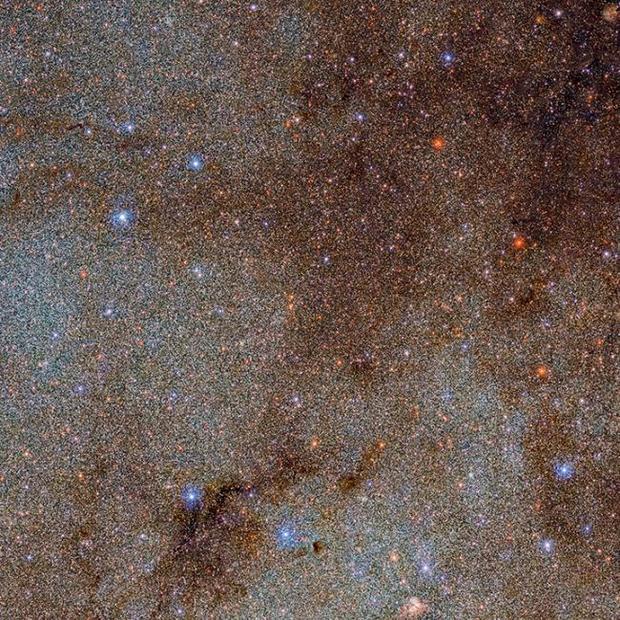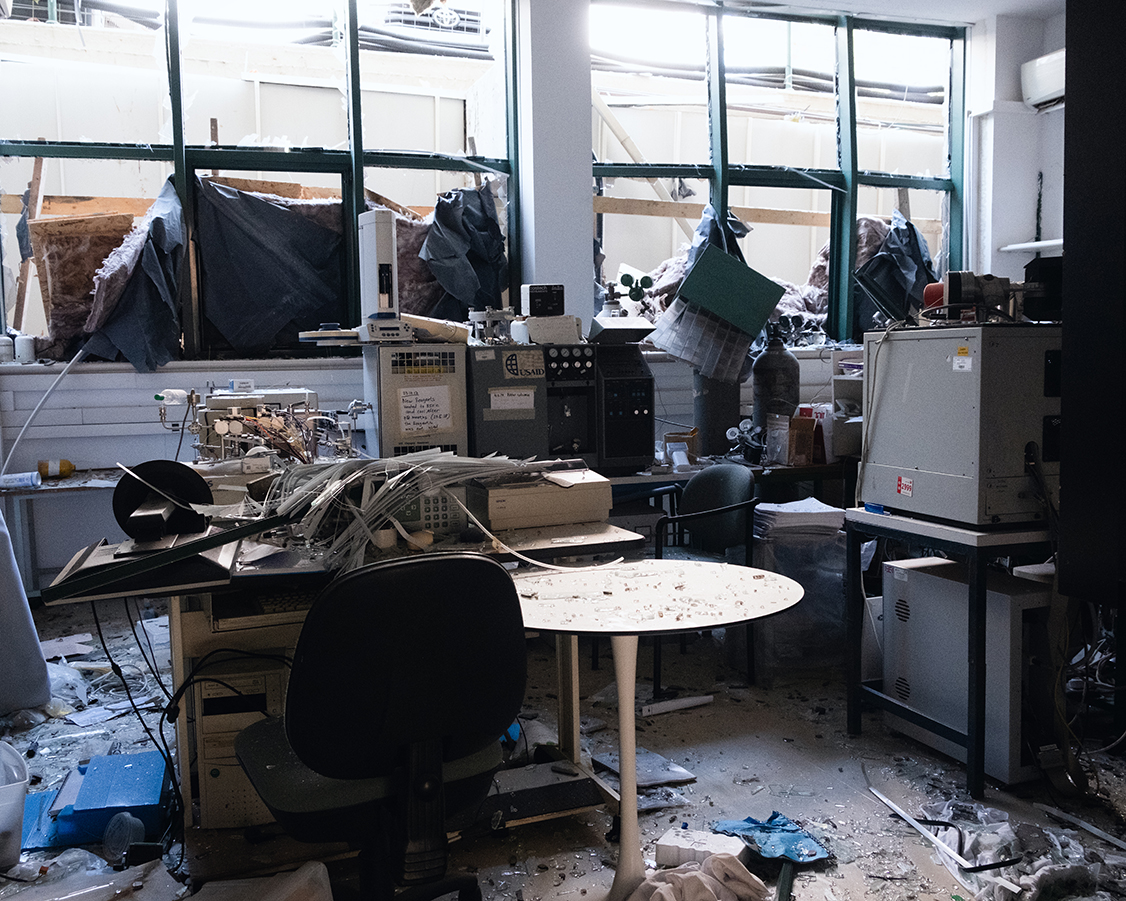New survey of the Milky Way unveils 3.3 billion celestial objects
Astronomers released new images this week of the Milky Way that offer an unprecedented look at an enormous slice of the galaxy, complete with star clusters, clouds of cosmic dust and the supermassive black hole Sagittarius A*.
The images published on Wednesday — a product of the National Science Foundation's dark energy camera, which captured two years' worth of data via a telescope at the agency's observatory in Chile — are the second of their kind to come from the NSF's Dark Energy Survey. The project is essentially designed to observe and track the expansion of the universe. The survey revealed slightly more than 3.3 billion celestial objects across the Milky Way's galactic plane, marking the largest catalog so far produced by a single camera.
"This is quite a technical feat. Imagine a group photo of over three billion people and every single individual is recognizable!" said Debra Fischer, the division director of astronomical sciences at NSF, in a statement to the Harvard and Smithsonian Center for Astrophysics. "Astronomers will be poring over this detailed portrait of more than three billion stars in the Milky Way for decades to come. This is a fantastic example of what partnerships across federal agencies can achieve."
NSF's dark energy camera, an instrument attached to the Víctor M. Blanco 4-meter Telescope at Cerro Tololo Inter-American Observatory in Vicuña, surveys the plane of the Milky Way at optical and near-infrared wavelengths from the vantage point of the southern sky. It produced more than 10 terabytes of data from 21,400 individual exposures during the latest outer-space survey, according to the federal agency.
The instrument's first collection of data was released in 2017. When taken together, data collected during the first and second rounds of the dark energy survey now account for 6.5% of the night sky, spanning 130 degrees in length, the NSF said. This is a gargantuan feat, since most objects in the Milky Way exist within the galaxy's disk — seen in images as the bright band stretching horizontally across the center — and some of its properties prevent astronomers from being able to see objects clearly. The "sheer number of stars" also poses challenges to observation efforts, according to the NSF, since they can overlap in images.
Merging data collected during a 2014 cosmic survey called PS1, which was operated by the Pan-STARRS 1 Science Consortium, with images compiled using the dark energy camera can provide an even broader view of the galaxy, explained Edward Schlafly, a researcher at the AURA-managed Space Telescope Science Institute, in a statement to the NSF.
"When combined with images from Pan-STARRS 1, DECaPS2 [the dark energy camera] completes a 360-degree panoramic view of the Milky Way's disk and additionally reaches much fainter stars," said Schlafly, who also co-authored a paper describing DECaPS2 published in the Astrophysical Journal Supplement. "With this new survey, we can map the three-dimensional structure of the Milky Way's stars and dust in unprecedented detail."
Scientists, astronomers and members of the general public can explore the Dark Energy Survey's full dataset, including three-dimensional portraits of the galaxy, using an interactive online interface found here.






